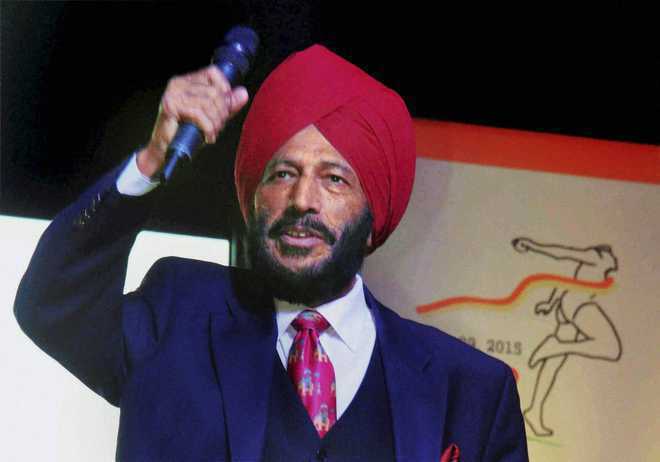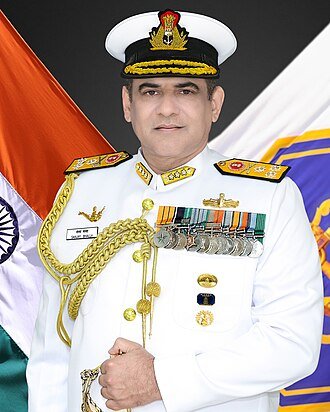On Wednesday, 14 November, Attorney-General of India KK Venugopal made an important admission to the Supreme Court of India regarding the Rafale deal. Contrary to previous indications, he confirmed that France had not provided a sovereign guarantee to India for delivery of the 36 Rafale aircraft, but had only provided a letter of comfort.
The Quint has now learned that during the negotiations over the deal, France providing a sovereign guarantee was cited as the basis on which two major objections to the Rafale deal from within the Indian Negotiating Team (INT) were addressed.
The objections had been presented to the Defence Acquisition Council (DAC) and the Cabinet Committee on Security (CCS), but were said to be resolved because France would provide a ‘sovereign guarantee’ – something which never ended up happening.
This raises serious questions about the process followed to approve the deal, including the INT’s sign-off which was granted on 21 July 2016, and the CCS approval on 24 August 2016.
Who Raised the Objections?
Three members of the INT raised objections to the Rafale deal in a “Note of Concerns”. The three officials were:
- Rajeev Verma – who was part of the INT because of his post as JS & AM (Air);
- AR Sule – who was part of the INT as Finance Manager (Air); and
- MP Singh – who was part of the INT as Adviser (Cost).
The INT is a key part of the process of defence procurement. Under the Defence Procurement Policy (DPP) 2013, which was applicable to the Rafale deal, a contract negotiating committee has to determine and approve the commercial aspects of such a deal. To this purpose, the INT held 74 meetings from April 2015 to July 2016, and its finalised report was submitted to the CCS on 4 August 2016.
Under the DPP, the CCS was required to give its approval for the deal, which it did on 24 August 2016. However, on the same date, the CCS also reportedly waived the requirement for the sovereign guarantee, despite the concerns raised about this by the Law Ministry and the then Defence Minister Manohar Parrikar.
What Were the Objections?
The Quint has accessed a copy of the Defence Ministry document that addresses the “Note of Concerns” and how the issues raised in the Note were resolved.
The relevant issues raised by the three INT members were:
- “Issue-2. No Advance & Performance Bank Guarantees have been obtained from Dassault Aviation and the advance payments made prior to delivery are not secured.”
- “Issue-9. Dassault’s financial position is not sound as per its published financial results. So, it may not be able to deliver the 36 Rafale aircraft.”

How Were These Objections Resolved?
Lack of Bank Guarantees
The Defence Ministry document notes that the French government did not agree to provide bank guarantees for the Rafale deal, despite six months of negotiations by the INT. The INT referred this issue to the DAC and the CCS, which held that instead of bank guarantees, a “sovereign guarantee provided by the French President is adequate.”
This makes the decision of the CCS to waive the requirement for a sovereign guarantee in August 2016 an extremely problematic one, since this was the only basis on which the requirement of bank guarantees (under the DPP) was dismissed.
Dassault’s Unsound Financial Position
The involvement of the French government was also the basis on which the rest of the INT, the DAC and the CCS satisfied themselves that Dassault would be able to deliver the 36 aircraft. The Defence Ministry document says that:
“The French Government assured that as signatory to the IGA, it takes responsibility for deliveries.”
However, the means for this assurance was supposed to be the sovereign guarantee. With only a letter of comfort, it is unclear how the French government has a binding obligation to ensure deliveries if there is a problem with Dassault, a view supported by Sudhanshu Mohanty (the former head of finance at the Defence Ministry) in an interview with the Economic Times. This is also why the Law Ministry had wanted a sovereign guarantee, and had pushed for the same with the Defence Ministry.
The doubts over Dassault’s financial position were not countered even by the other four members of the INT who had not raised this concern, which would appear to indicate that there were indeed valid doubts about their financial position.
This makes the failure to secure a sovereign guarantee even more serious, since the risk of a failure to deliver the aircraft was not just some routine hypothetical, but a legitimate concern.










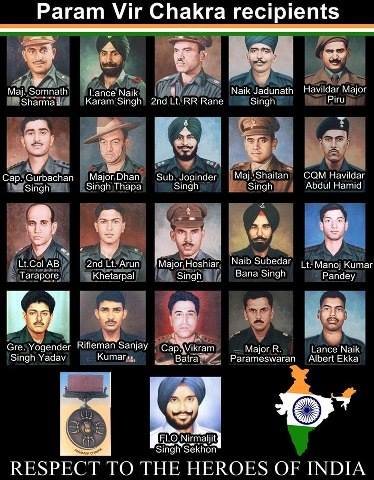

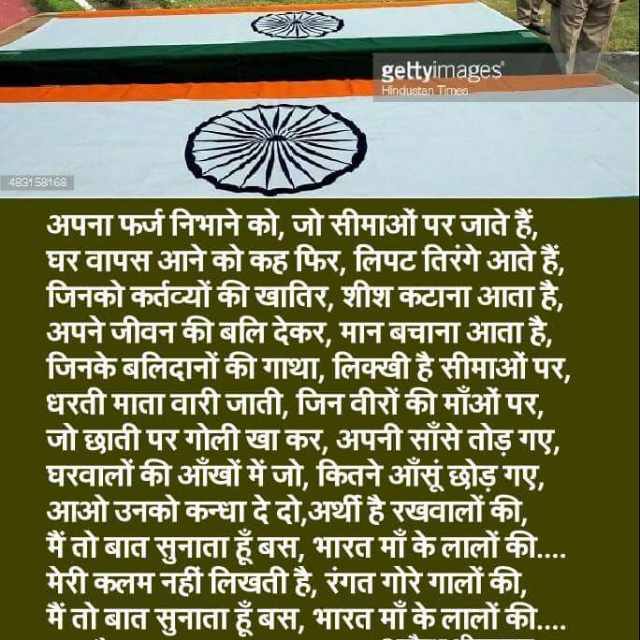



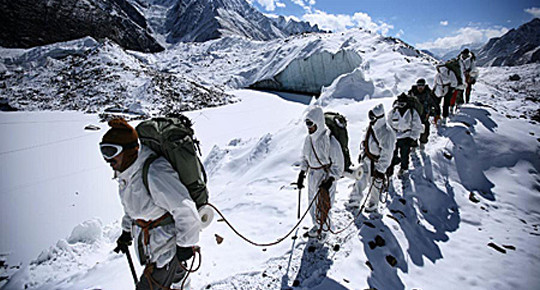
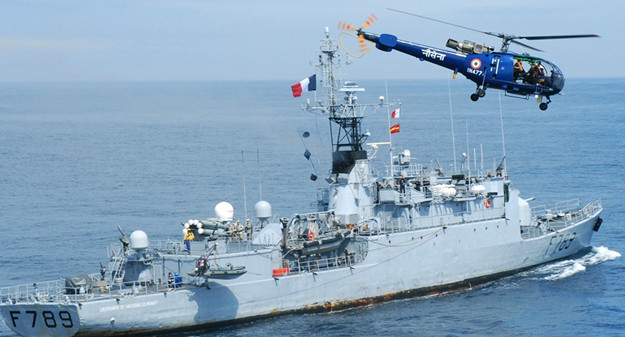
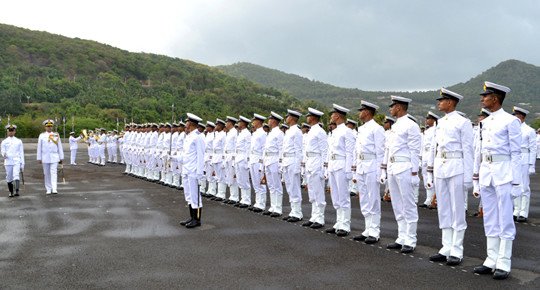
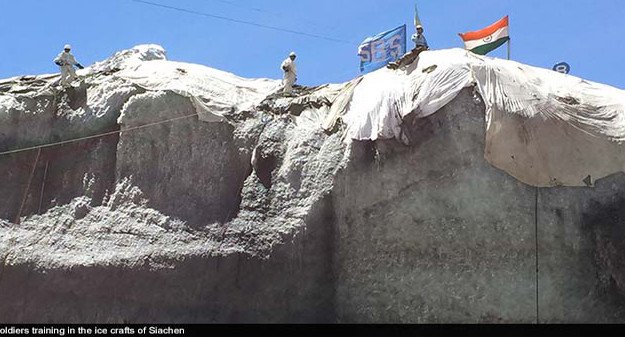
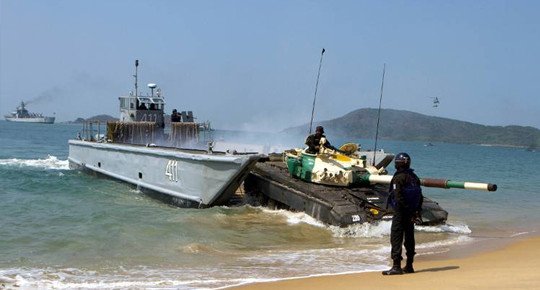
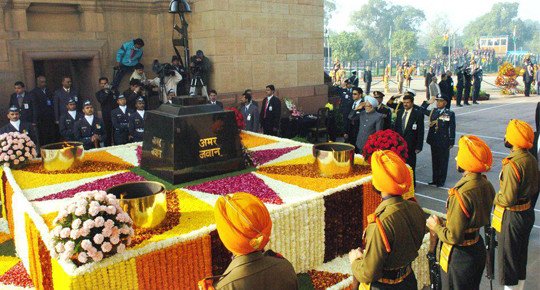
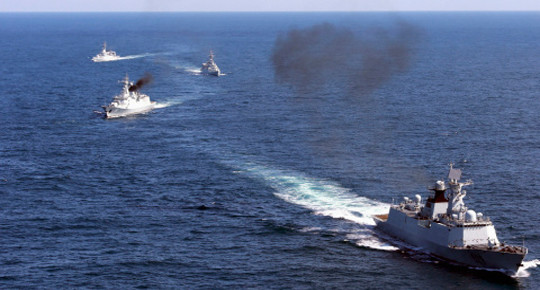
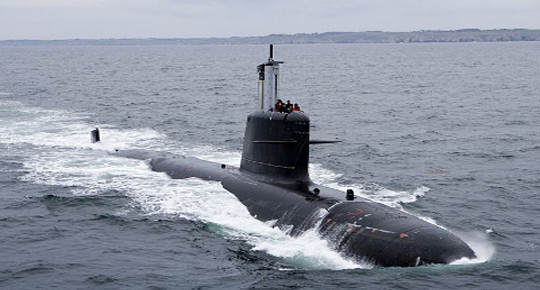
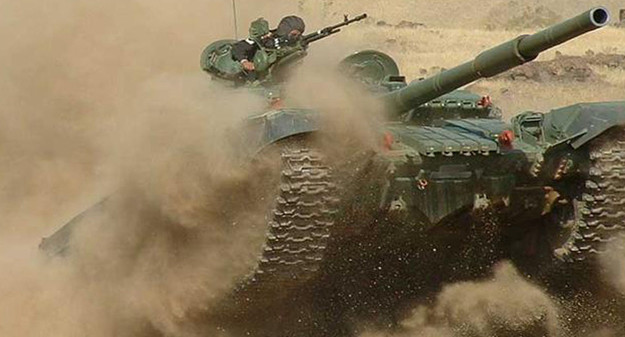
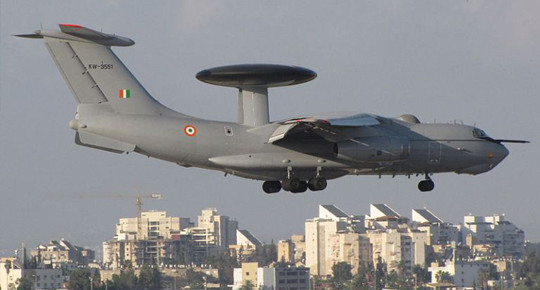
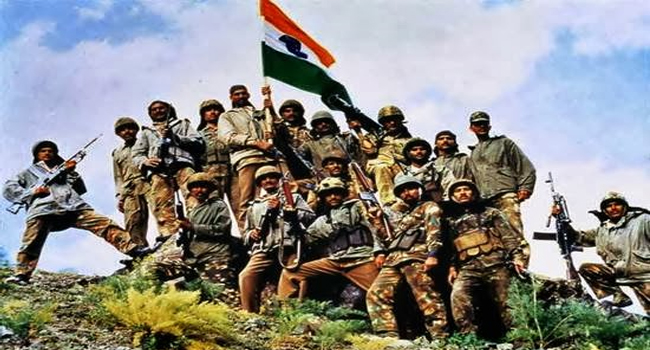
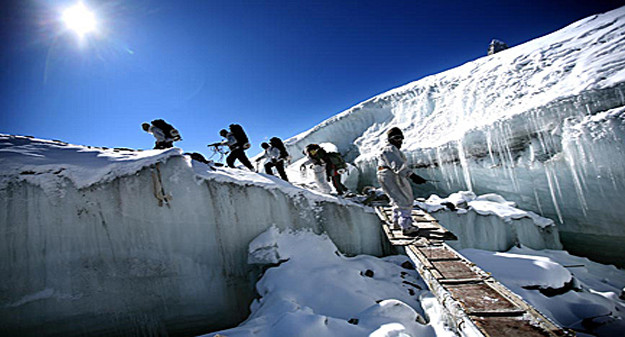
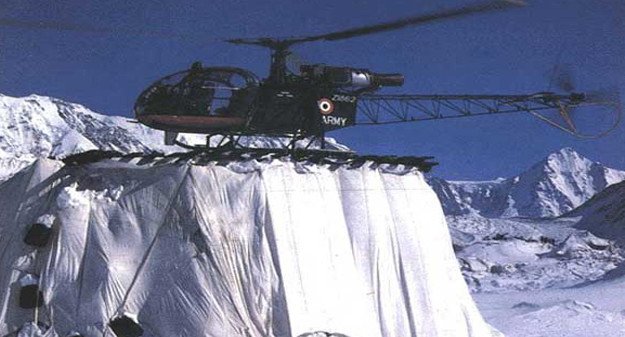
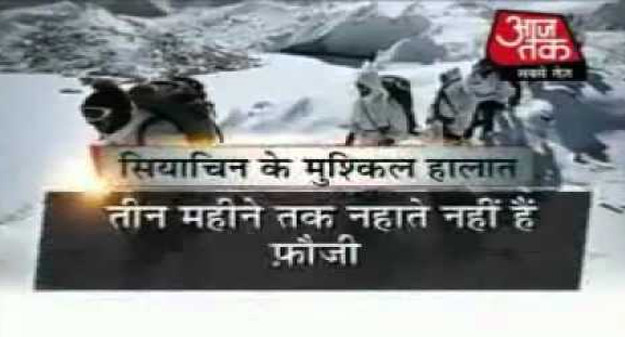
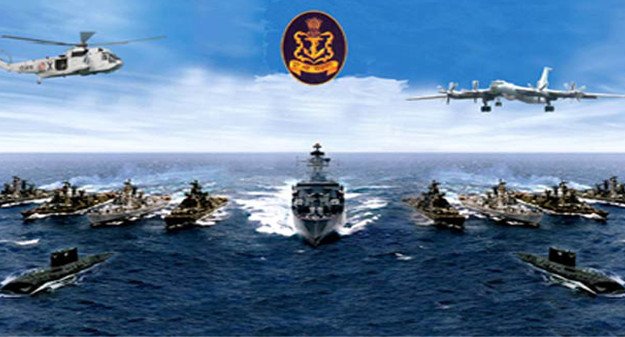
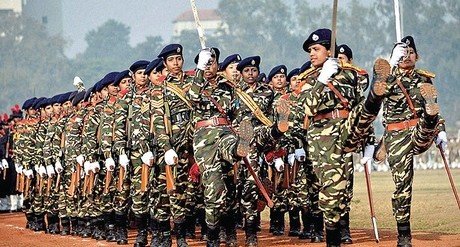
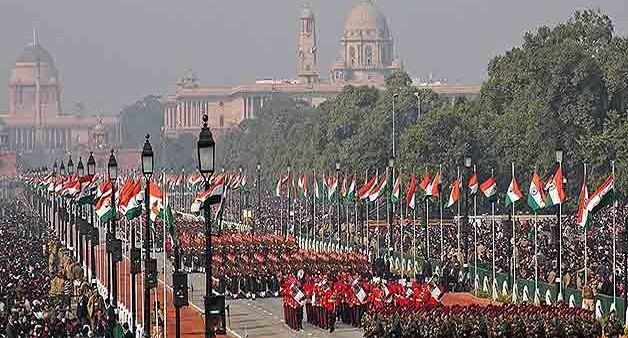
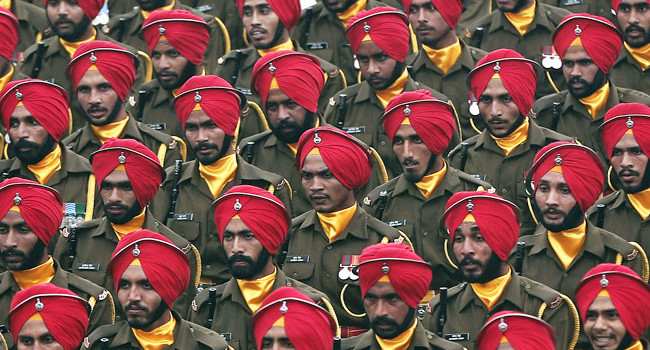
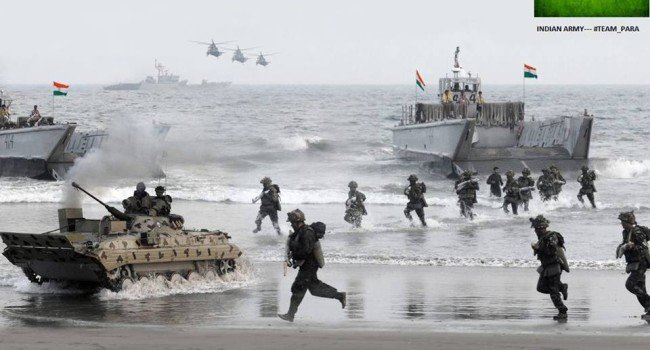
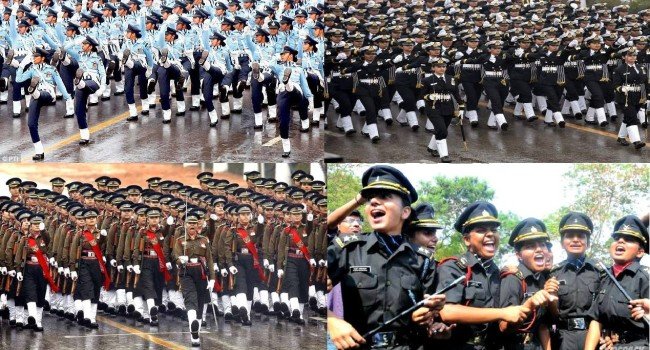
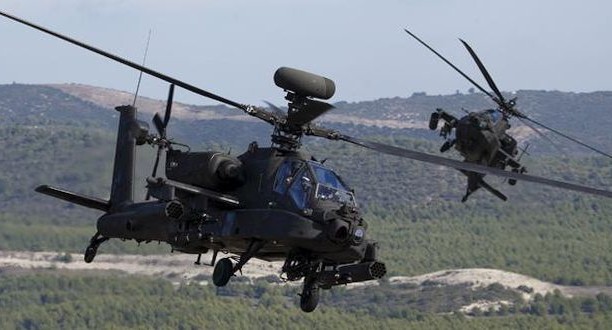
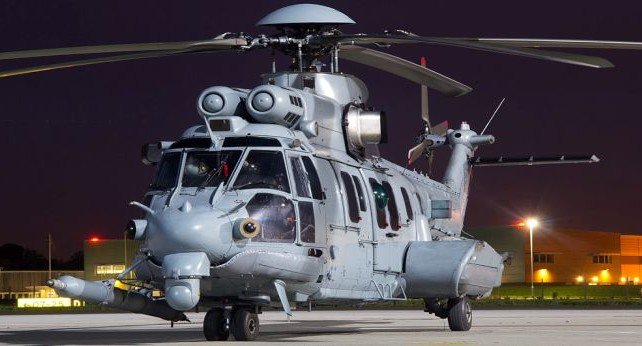
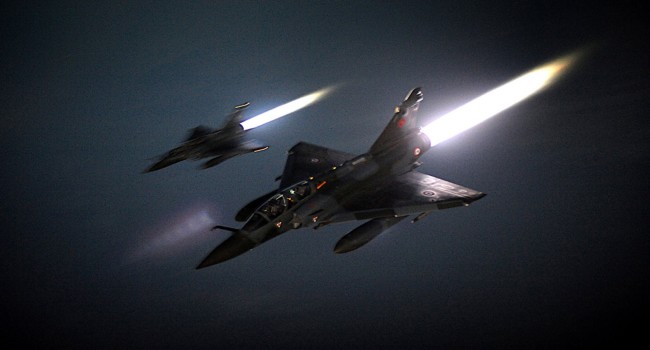
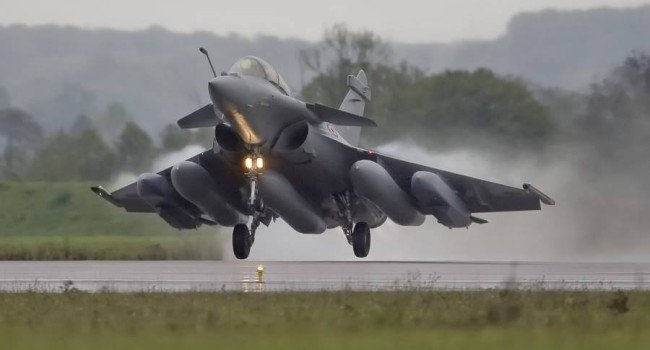
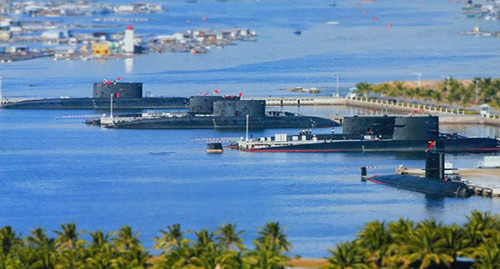
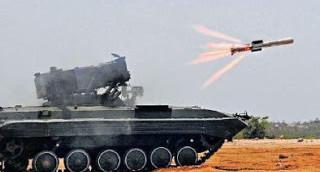
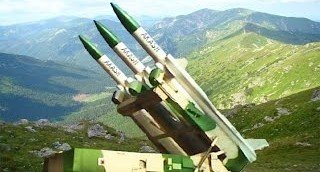







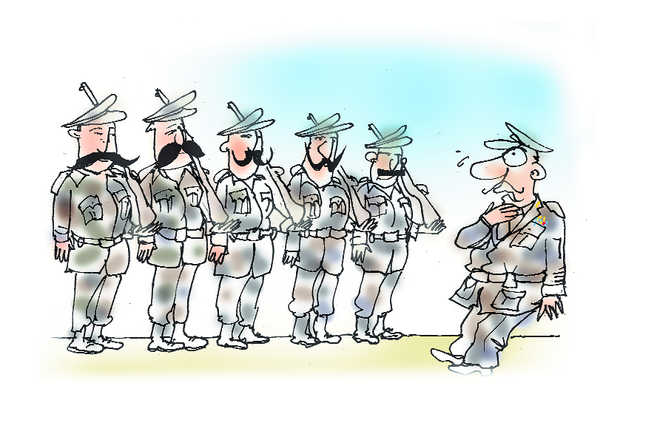
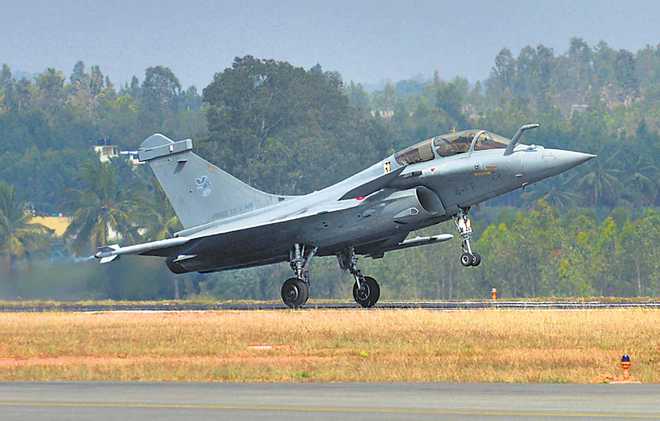






 HT PHOTO
HT PHOTO
